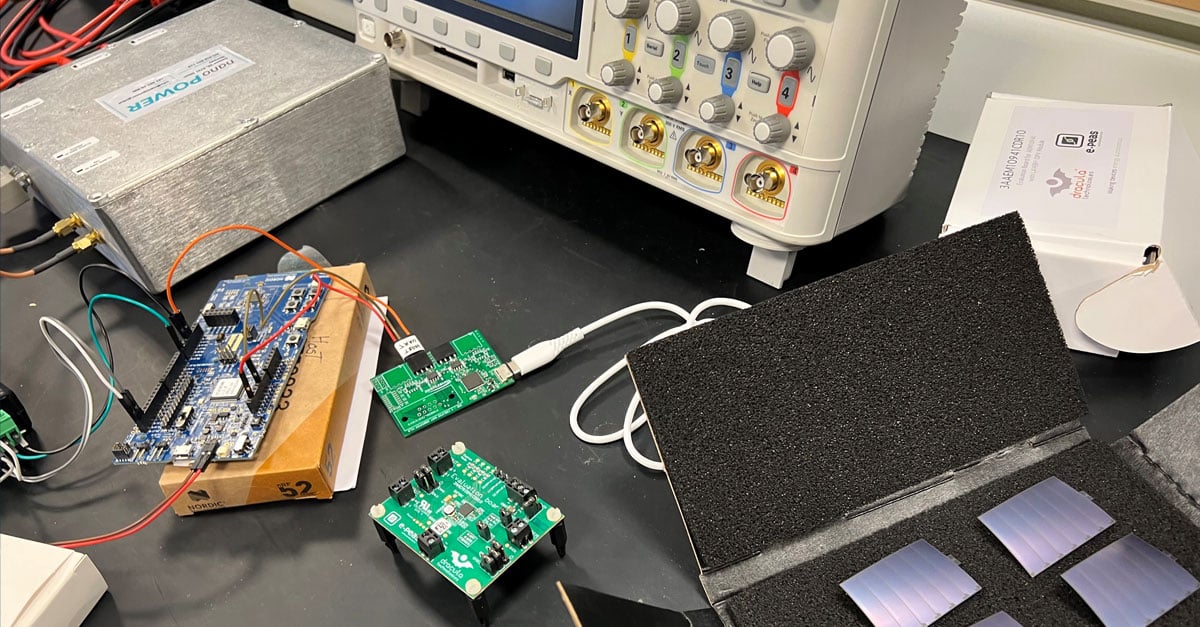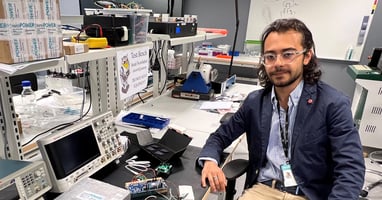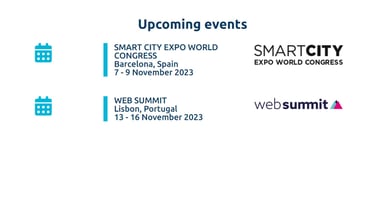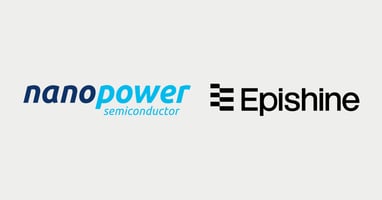With the advancements in low-power electronics and energy harvesting technologies, autonomous...
Powering IoT with Innovative Energy Harvesting Technologies
Repost of USN article
In 2022 a mutual quest for sustainable power sources and autonomous IoT devices led to a project exploring opportunities involving energy harvesting technologies. The University of South-Eastern Norway (USN) partnered with Nanopower Semiconductor and The Research Council of Norway to find the best energy harvesting technologies to be integrated into systems with Nanopowers ultra-low power technology.

Dr. Arian Nowbahari, Researcher at USN Department of Microsystems has been in charge of testing photovoltaic (PV), thermoelectric, and radio frequency (RF) energy harvesting technologies in low power IoT systems.
Dr. Lars-Cyril Blystad, Head of USN Innovation Center, believes that the project demonstrates the possibility of batteryless IoT devices in the near future.
Illuminating Possibilities with Photovoltaic Energy Harvesting.
We can supply an IoT system with energy from indoor light alone while still maintaining a high frequency of sensor polling and radio communication. We have performed several tests using different PV cells such as amorphous silicon PV cells from TDK (44 mm x 40 mm), and organic modules by Dracula (64 mm x 49 mm) and Epishine (50 mm x 50 mm). All these have proven to perform satisfactory under low-illuminance conditions, e.g., office lighting below 500 lux.
The IoT node does not need external batteries since ambient light supplies sufficient power for a full wireless system. An analysis of optimal supercapacitors for PV has been performed for temporary storage of the harvested energy, and the system has been characterized under different operating conditions.
As a result, PV technology can be used to supply different types of environmental sensors such as humidity, indoor air quality, and noise sensors.
Thermoelectric Energy Harvesting: Recapturing Heat
Next, we experimentally validated a thermoelectric energy harvesting system that converts heat waste generated by hot pipes into useful energy thanks to the Seebeck effect. The system can provide about 2 mA electric current given a temperature difference of 50°C, and 10 mA with a 150°C temperature difference. We found that the system ‘recycles’ heat waste, and harvests sufficient energy to drive sensors, e.g., for temperature, and condition monitoring in process industries.
Exploring Radio Frequency Energy Harvesting
Currently, we are in the exciting phase of investigating radio frequencies as a potential energy source. For specific applications and with the ultra-low power consumption targeted by Nanopower, this is an interesting but challenging project. On this subject, more information will follow.
Integration and Beyond
Based on our experiments, we believe that advanced low power technologies and superior energy harvesting solutions will enable wireless devices fully supplied by ambient energy sources.
This sets the stage for a new era of autonomous IoT systems that can operate independently and without maintenance. Reducing our reliance on traditional power sources and contributing to a more sustainable and efficient technological landscape. T
Want to learn more about our product? Join our waiting list and get notified as soon as there is new information available for the IPMIC and EVB.



